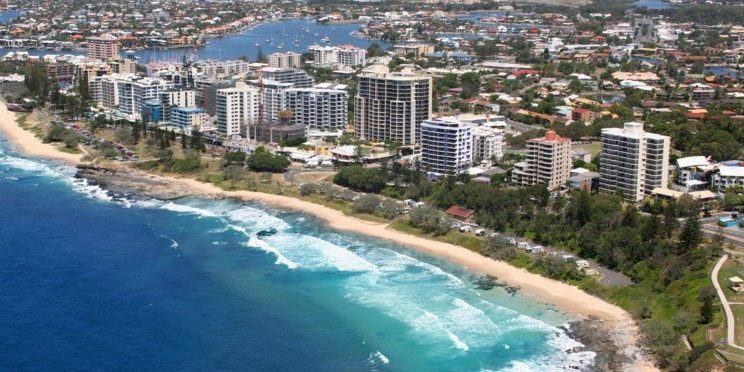There has been a great emphasis on the height of buildings at the ‘Sekisui Yaroomba Beachside’ site, as if the visual intrusion is the main issue.
The height of buildings however is critically related to density of people on the site, and site coverage by buildings.
The developers will argue, as all developers do, that a minimum number of people are required per hectare to make the purchase and construction costs of the site viable.
People repay these costs by either buying land and housing, or staying in motels or resorts. When the land costs are initially high as they generally are on the Sunshine Coast and especially near the beach, then higher densities need to be achieved.
The original proposal had 16% site coverage of buildings but some of these achieved 12 stories in height. In some respects this is a modern technological ideal of construction, that high densities can be achieved but still freeing up lots of open space at ground level.
But in this case as has been pointed out, height of buildings can disturb visual amenity and the light from these upper levels can potentially disturb turtle nesting on the beach.
High rise apartments can achieve up to 386 dwellings per hectare compared with medium rise at about 250 and low rise still at about 120 dw/ha. This is still fairly high compared with say duplex developments at 38 to 54 and detached housing at 15 to 33 dw/ha.
So, do the math, to maintain a high density with lower buildings, more site coverage will be necessary and if the site is zoned for 4 stories and they stick to this limit, then roughly the equivalent coverage will be 48%.
The gonzo math equates as…. 12st=16%cover, therefore 4st=48% cover. Once you also include roads and streetscapes then less land is available for general public use. If it’s a gated housing estate then of course no land is available for the general public.
Sure it’s a trade off, so that is why town planning these days is a performance based system that applies specifically to the site. The plan sets out ideals to begin with but also allows for these to be challenged if the proposal for a particular site can show a greater overall benefit.
A benefit for the community that is, not just the developer.







